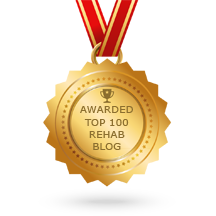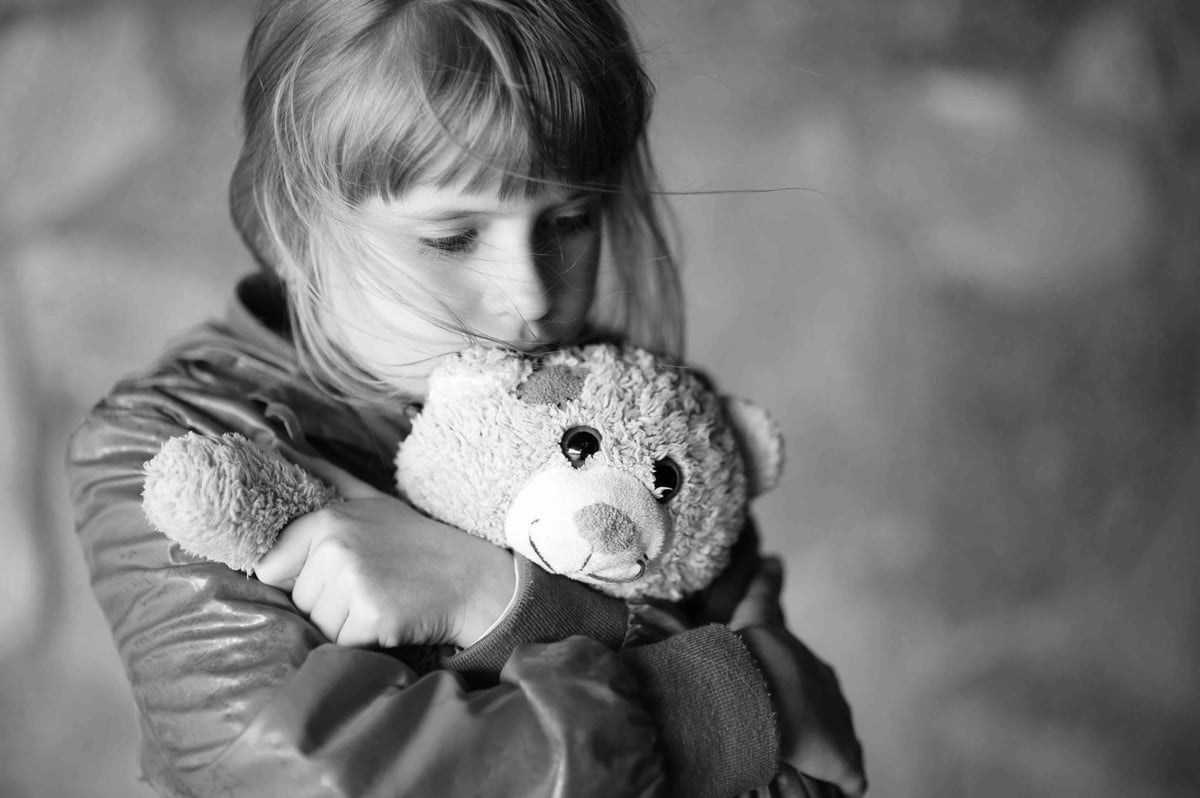
It’s a familiar but frightening story: something terrible happens early on in your life, and before you know it, you find yourself doing increasingly awful things to your body. It’s the only way you know how to cope.
Sure, you know better than to drink to excess or to take that many pills. Of course you wish that you could stop. On the rational level, it’s easy to see the folly of substance abuse and addiction.
But what really caused this? What is the connection between trauma and addiction?
On the emotional level, believe it or not, it can make sense to keep using. Since you don’t know how to work with your original trauma, you have to numb out the pain.
In this post, we’ll explain what trauma really is and differentiate childhood trauma from adulthood trauma. We’ll also clarify the link between trauma and addiction, and show you the next steps on your path to healing.
“Trauma is hell on earth. Trauma resolved is a gift from the gods.”
-- Dr. Peter Levine, Psychologist
What Is Childhood Trauma?
In psychological terms, childhood trauma is anything that was shocking and upsetting to your younger self. Trauma can happen on the physical, mental, emotional, and/or spiritual level.
This is why holistic addiction treatment is so vital for addressing each of these 4 levels of self.
Trauma Definition is Subjective
The trauma definition is entirely subjective; it’s all about what unsettled you, personally.
It’s not about what your parents or your peers thought or felt about the same event; it’s all about how it registered in your particular psyche.
If you thought it was shocking and upsetting, than it was, period.
Examples of childhood trauma include, but are not limited to:
- Loss of one’s parents, sibling, or loved one
- Any type of abuse: physical, sexual, mental, verbal, emotional, and spiritual
- Neglect of any kind
- Breakups of close friendships or romantic relationships
- Bullying and shaming
- Adoption trauma
- Moving or sudden departures
- Divorce of one’s parents
- Embarrassing, shaming moments
Since these and other events pack such a punch, they have a significant influence on your underlying beliefs about how the world works. Traumatic events have the power to shape your fundamental beliefs about safety, trust, and belonging.
The important thing to remember about the trauma definition is that it doesn't require blood and bones. The only criteria for trauma is that it was shocking to you.
It's also important to recognize that it's a myth that time heals all wounds. If you haven’t done the mental and emotional work necessary to heal, then chances are that unresolved trauma is still messing with your mind and holding you back from the life that you want.
You don’t just “get over” trauma; instead, you must do the work of healing your emotional wounding.
One Way to Spot Childhood Trauma
Here’s one good way to spot a traumatic event from your past: notice what you do in order to avoid touching on past hurtful episodes.
Notice the ways in which you rearrange your life to prevent an encounter with an old pain.
For example, have you ever taken the long way so that you wouldn’t pass by your old elementary school playground? Perhaps you do that because you don’t like the memories of schoolyard bullies that come to mind when you see those old swing sets.
Have you ever shied away from shopping at a particular grocery store? Perhaps you do that because your mom or dad once yelled at you there, or because your sibling had a violent meltdown in the cereal aisle.
Childhood Trauma vs Adult Trauma
What differentiates childhood trauma from adult trauma? Is one more significant than the other?Here’s our perspective. While trauma at any age is significant, often much of our later-life trauma is actually a replay of our childhood trauma.
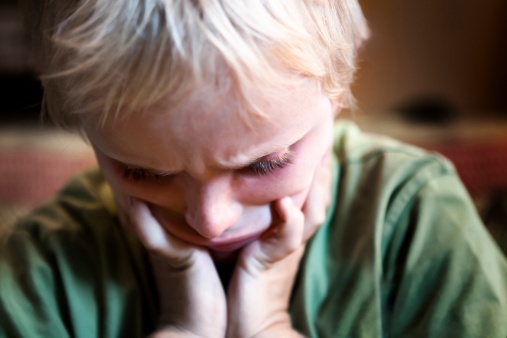
Moreover, trauma in our past shape our personalities in the present.
“Many abused children cling to the hope that growing up will bring escape and freedom. But the personality formed in the environment of coercive control is not well adapted to adult life. The survivor is left with fundamental problems in basic trust, autonomy, and initiative …. [In] attempting to create a new life, she reencounters the trauma.”
-- Dr. Judith Herman
What Are the Links Between Childhood Trauma and Addiction?
The impact of trauma depends on how you experience the event as an individual.
That said, there are a few categories of trauma that we often see as precursors to addiction:
- Physical, emotional, and sexual abuse
- Divorce of parents (for young children, this can feel like the end of the world)
- Abortion trauma (for women who had an abortion as a teen or young adult and experienced a great deal of pain and/or internal conflict)
- Adoption trauma (typically related to the loss of trust they experienced as an infant separated from their birth parents, even if they don’t consciously remember it)
- Loss or death of a loved one to whom an individual was very close
Addiction is Not Equal Opportunity
Why do some people with severe trauma develop addictions, and others don't? We hear that question asked by parents and grandparents all of the time.The truth is more complicated than that.
At the end of the day, that’s actually good news.
But before we go into the nuts and bolts of healing, let’s explore a bit more about how trauma impacts our personal development.
Psychosocial Development in Early Childhood
There’s another reason why childhood trauma has a disproportionate impact on our chances of developing an addiction.Renowned psychologist Erik Erikson outlined the following eight stages of psychosocial development in early childhood and paired them with their corresponding ages:
- Stage 1: Trust vs Mistrust: Learned as an infant
- Stage 2: Autonomy vs. Shame: Learned as a toddler
- Stage 3: Initiative vs. Guilt: Learned as a young child
- Stage 4: Industry vs. Inferiority: Learned as a school-age child
- Stage 5: Identity vs. Role Confusion: Learned as a teen and young adult
- Stage 6: Intimacy vs. Isolation: Learned as an adult
- Stage 7: Generativity vs. Stagnation: Learned as an older adult
- Stage 8: Ego Integrity vs. Despair: Learned as an older adult through end of life
If you’ve ever minimized the importance of your childhood years, consider this …
- By age 3, we've developed our sense of trust based on the behavior of our caregivers. We’ve determined whether or not other people are basically trustworthy or not.
- By age 5, we’ve developed our sense of initiative, motivation, and drive. We’ve learned whether or not it’s safe to try new things and take risks.
- By age 12, we’ve developed our sense of personal esteem, and how we see ourselves compared to everyone else.
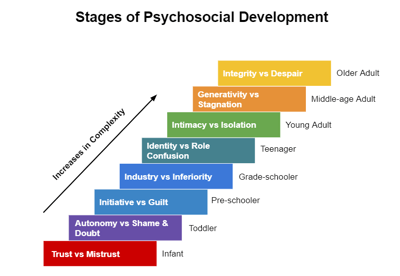
During stressful times [in adulthood], what tends to happen is that the mind will regress to our first wound and get stuck there.
How to Work with Childhood Trauma: A Practical Technique
Fortunately, there is a way out of the suffering. In partnership with a trained therapist or compassionate friend, you can work with trauma by doing what we call “following the energy back.”
Here’s the logic behind this exercise.
You may have felt a certain type of hurt throughout your life - perhaps a hundred times! - but essentially, 99 of those instances are simply a re-triggering of that first pain point.
So, when you can heal that earliest time -- the part of you that’s very young and stuck in the pain of the past -- it effectively takes care of every other time that that aspect of yourself was triggered. When you work with the first remembered instance of trauma, you’ll have relief from all of the subsequent events that happened on that same line of energy.
This is why we talk about “traumatized parts” in our non 12 step residential rehab.
What's important is to identify the first time that you’ve had that kind of hurt. The first time could be when you were 37! That said, many of our “firsts” tend to happen in childhood, so often we see people with a lot of pain carried forward from a young age.
What To Do If You Feel Overwhelmed
If you’re reading this and thinking, “Oh, I can never do this, there are too many instances of trauma to count!” … we understand, and we challenge you to give it a try.
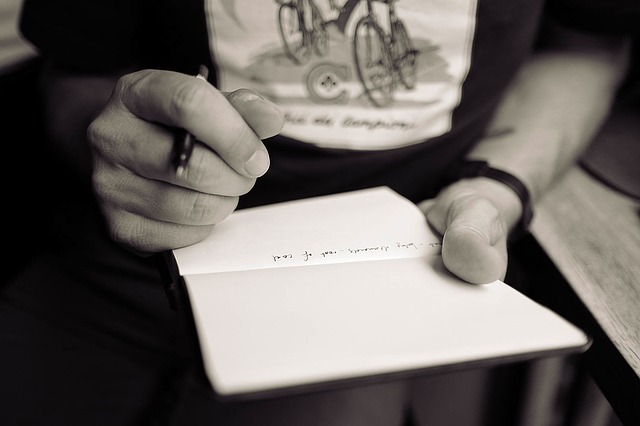 Actually start writing down the first remembered instances of particular kinds of pain in your life: rejection, abandonment, and so forth. When you begin writing, you’ll see that there's a finite number of these things to heal.
Actually start writing down the first remembered instances of particular kinds of pain in your life: rejection, abandonment, and so forth. When you begin writing, you’ll see that there's a finite number of these things to heal.
We tend to get overwhelmed and think that there are too many, but that's just our mind and our ego trying to make healing a bigger job than it actually is. So, challenge the overwhelm by getting the list out of your head and onto paper.
Healing from Childhood Trauma: An Example
Here's an example: say that you have a lot of pain around social exclusion.
So, you use the most recent instance to follow the energy back to the first time you felt that way.
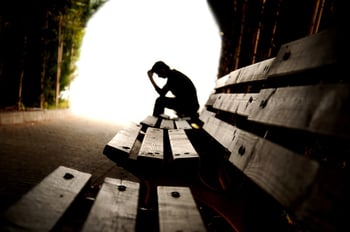
When was the very first time you can remember feeling alone, ashamed, and cast out of a social circle? What’s the very first instance that you can recall?
Remember, the way out isn’t to rationalize or to bark at your younger self to “just forget it” or “just grow up already.”
After all, you’ve tried that already, and it hasn’t worked!
Instead, the way to heal is to do the following:
- Get quiet and still; centered in your loving heart.
- Get in touch with the younger part of yourself, and invite it to say whatever it wants to say.
- Listen closely; let it talk for as long as it needs to talk. Don’t judge or interrupt. Just hold space.
- Ask good questions; find out what that part of you needs in order to feel safe and loved.
- Do those things for the younger part of yourself! Re-parent that frightened part of you; give it the compassion it needs. Open your heart to that part of you, and offer comfort: “We're okay now, and we'll be okay going forward. I’m here for you.”
In short, you act toward your younger self as you would with another young child who had been hurt in the same way that you were hurt. You talk, listen, embrace, reassure, and praise yourself.
Overall Principles for Healing Trauma and Addiction
- Do the work with no judgment, no shame, and no guilt
- You feel what you feel; there’s no right or wrong answer, and no requirement for feelings to be rational.
- “Rational” is a mental-level construct, and much of your healing from trauma needs to happen on the emotional level. What we need to do is work with the feelings.
- Remember that this is about praising and encouraging, not pushing.
- It’s not about saying, “Get over it already!”
- The younger parts of you need patience and compassion if they are going to change how they feel about the world for the better.
- Don’t allow yourself to get too wrapped up in a particular set of steps.
- If you back up and take the bird’s-eye view of trauma healing, you’ll see that it's all about love.
- It's about you wrapping your arms around this part of yourself that had this traumatic experience and just loving it. That's the bottom line.
- Trust the process.
- It may take two or three repetitions of the process above in order to heal a traumatized part; that’s totally normal.
- Whenever you feel that wounded part of you come up, just take care of it in a loving, conscious way.
It’s Never Too Late To Heal From Childhood Trauma
Do you fear that it’s too late for you to do this work?
As long as you’re alive, it’s never too late.
We've worked with people in their 60s who have been coping with childhood wounds for decades.
As a case in point, one participant was a 67-year-old man who was seven years old emotionally, constantly trying to earn his father's love. Sadly, his father simply didn't have love to give. Fortunately, he learned that love isn’t earned, but rather given as a gift.
He also learned the core message of trauma and addiction work, which is simply this: When we apply love to the parts of ourselves that hurt, we heal.
Download E-Book Healing Core Issues
Further Reading:
The Link Between Trauma and Addiction, Part 1
The Link Between Trauma and Addiction, Part 2


